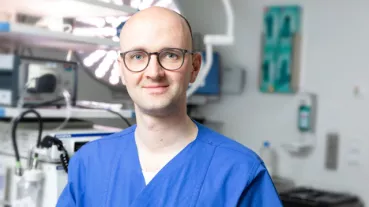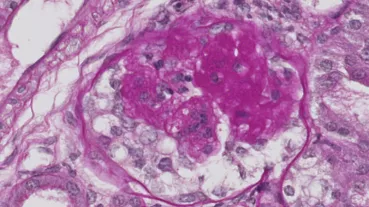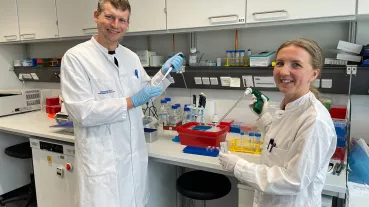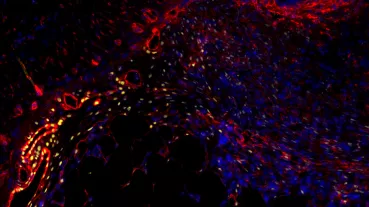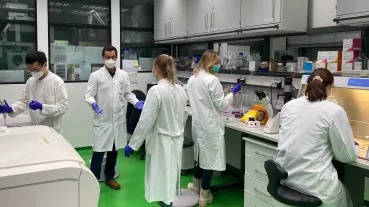Mechanisms of hepatocyte senescence mediating disease progression in chronic liver disease

Project description in easily understandable terms for the general public (800 characters incl. blanks):
Chronic liver disease and cirrhosis represent a major global health burden ranging among the ten most frequent causes of death globally. The lack of disease modifying therapies contributes to the poor prognosis. Hepatocyte senescence develops after cellular injury leading not only to cell cycle arrest but also to alterations of the metabolic function and cellular phenotype [e.g. senescence associated secretory phenotype (SASP)]. These changes may foster fat accumulation and immune cell recruitment in NAFLD as well as organ sensitization to endotoxins and cell death in acute-on-chronic liver failure (ACLF). State-of-the art experimental technology comprising single-cell RNA sequencing, spatial transcriptomics and metabolomics applied in human and murine samples of NAFLD and ACLF will allow characterizing the link between hepatocyte senescence and cell-mophological and –functional changes during disease progression. The Mdm2/p53 pathway is considered the central mediator of cellular senescence. Experiments in ACLF models and sophisticated 3D culture systems will additionally explore the role of toll-like receptor 4 (TLR4)/transforming growth factor beta (TGF-β) signaling. Deciphering the cause and consequence relationship in this complex network of pathomechanisms creates the fundamental basis to identify novel therapeutic targets preventing complications of chronic liver disease.
Here you can find further information.
